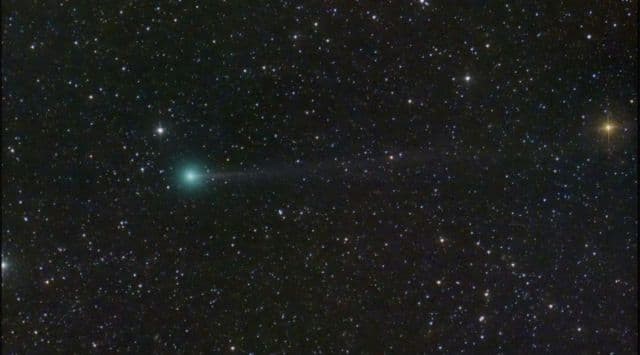Free Courses Sale ends Soon, Get It Now


Free Courses Sale ends Soon, Get It Now



Disclaimer: Copyright infringement not intended.
Context
Details
Discovery and Characteristics
Orbital Characteristics
Visibility and Location
Details
Comets
Definition of Comets
Structure and Composition
Orbital Characteristics
Role in the Solar System
Comets play several important roles in our solar system:
Famous Comets
Missions to Study Comets
Asteroids
Definition
Characteristics
Significance
Meteors
Definition
Characteristics
Significance
Meteorites
Definition
Characteristics
Significance
Meteoroids
Definition
Characteristics
Significance
Conclusion
In summary, comets, asteroids, meteors, meteorites, and meteoroids are distinct but interconnected celestial objects, each contributing to our understanding of the solar system's history, composition, and dynamics. They have captivated human interest for centuries and continue to be important subjects of scientific study and exploration.
|
PRACTICE QUESTION Q. Which of the following statements about comets is correct?
Options: A. Only Statement 1 B. Only Statement 2 C. Only Statement 3 D. Statements 1 and 3 Correct Answer: C) |
https://indianexpress.com/article/technology/science/comet-nishimura-visible-telescope-8925344/
© 2024 iasgyan. All right reserved